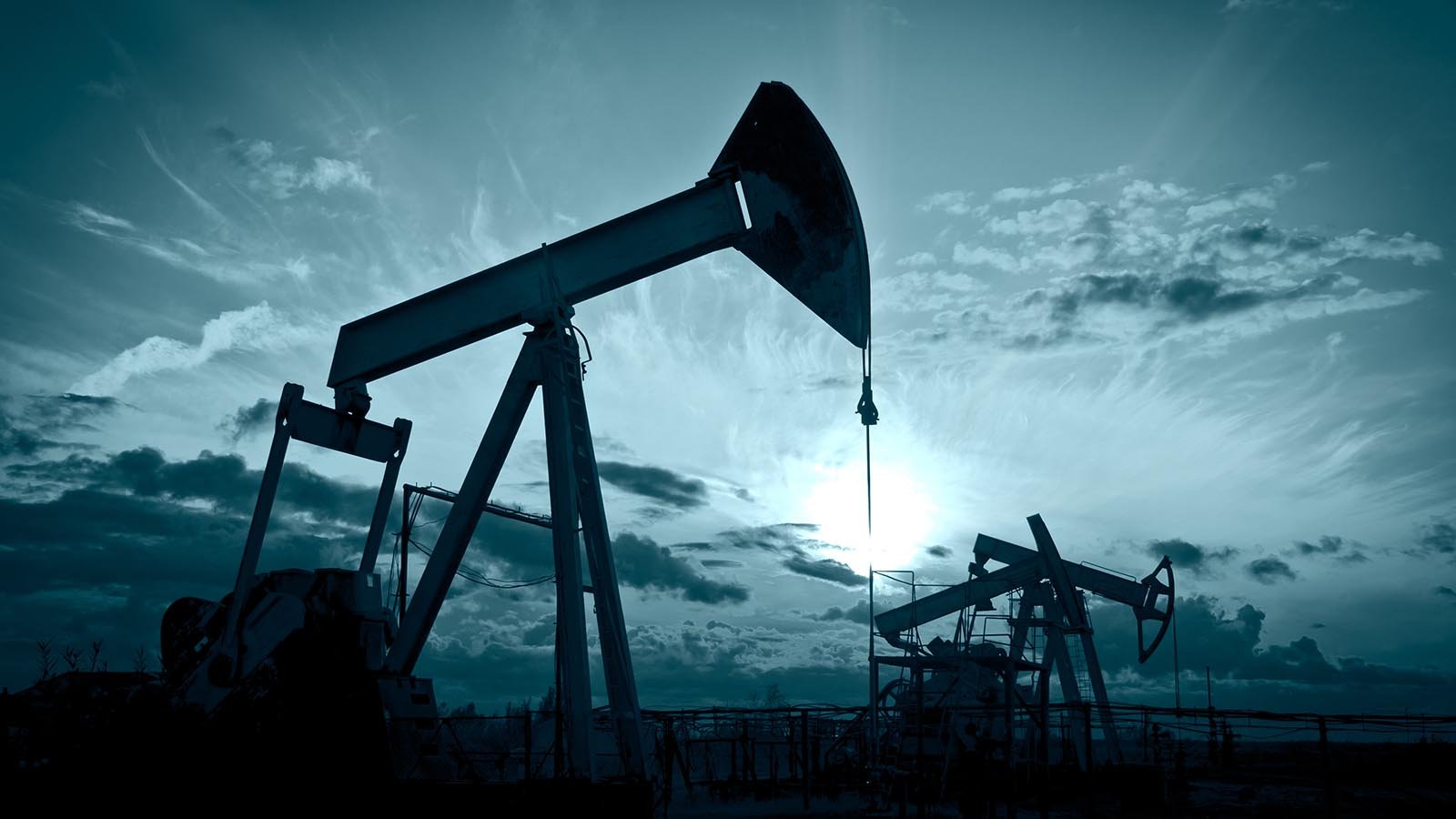What a difference a month has made for Diamondback Energy (NASDAQ:FANG) stock. The company had been among the best-performing and best-run shale drillers. But now it is in serious financial trouble: driven massive returns since its 2012 initial public offering, it has since touched an all-time low on Wednesday.

The problem for FANG stock, however, is that the selloff actually makes sense. That claim seems bizarre given that the stock has declined 78% in just a month. It’s not bizarre in the context of the industry and the balance sheet, however.
More simply, it’s not bizarre because the world is different for Diamondback than it was just a month ago. This is an industry that has a history of “boom and bust” cycles. The bust has arrived, and it’s too early to be forecasting another boom for the stock.
FANG Stock Rallies After Q4 2019 Results
It’s incredible to review Diamondback’s fourth quarter 2019 results, released after the close on Feb. 18, with the benefit of hindsight. The quarter was well-received — shares rallied more than 6% the following day — and with good reason.
Average production rose 5% quarter over quarter, and 50% year over year. Diamondback doubled its dividend to $1.50 annualized, offering (at the time) a 2% yield.
In the release, Diamondback noted that it had raised $3 billion in debt with an investment-grade rating. And it spent another $200 million in the quarter to repurchase stock.
In the “old” shale environment, that all was good news. But in the light of an “all out price war” instituted by Saudi Arabia earlier this month, the quarter looks very different.
Looking to 2020
The ramp in production, for instance, is going to reverse in a hurry. Diamondback has given a “minimum one-month break” for all of its completion crews. The rig count by the end of the year will drop by more than half. Production will steadily decline over the course of the year. Diamondback is trying now to save some of the capital spending it made just months ago.
Diamondback has said it will protect its now-doubled dividend, but a cut may be on the way. The $200 million in share repurchases look disastrous: Diamondback paid an average of $82 per share for a stock now traded at $17.
The investment-grade balance sheet still holds — for now. But a cut to “junk” by ratings agencies at this point is just a formality. Diamondback’s 5.375% senior notes, due 2025, are priced at 79 cents on the dollar. They yield over 10% to maturity.
This simply is a different company. And it’s not because Diamondback management was foolish, or dishonest, in February. It’s not because investors weren’t paying attention. It’s because the Saudis moved, and crude oil, at the West Texas Intermediate spot price, went from $53 in February to $31 right now.
At that price, much of Diamondback’s acreage isn’t economical, which is why production is being slashed. Its cash flow is going to plummet, which is why its share price has plunged.
To be sure, there are reasonable debates as to whether FANG stock should be at $27 instead of $17 — or $7 instead of $17. But from a broad standpoint, the decline in FANG stock is not a panic-driven selloff. The outlook is substantially worse than it was a month ago, and so the same should be true of the share price.
Yes, Bankruptcy Is a Risk
And the worst-case scenario is in play. Diamondback generated $3.1 billion in adjusted EBITDA (earnings before interest, taxes, depreciation and amortization) in 2019. That figure is going to be slashed going forward. A 40% reduction in prices and much lower production both suggest most of those profits are going to disappear.
Yet Diamondback has nearly $5.4 billion in debt. That in turn suggests that debt-to-EBITDA probably clears 6x (at least) looking to 2020 numbers.
That’s a dangerous multiple. It’s actually about in line with where Chesapeake Energy (NYSE:CHK) sat last year as its own bankruptcy fears began to accelerate.
To be clear, a single multiple doesn’t mean Diamondback is going into bankruptcy. It almost certainly won’t do so any time soon, given that most of its debt doesn’t mature until 2025. The company has plenty of time to respond to the new environment, and to hope for higher prices to return.
Still, as long as bonds are yielding 10%, it’s important to remember that the worst-case scenario still exists. FANG stock has dropped by 80%, but if everything goes wrong it could fall another 100%.
The Case for FANG Stock
After all that gloom and doom, it’s important to point out that there is a bull case for FANG stock from here. The fact that crude has plunged doesn’t negate the fact that the company has proven to be one of the better-run shale operators out there.
In fact, Diamondback sailed nicely through the first shale bust in the middle of the last decade. The drop in WTI to $30 is a different animal, admittedly, but I’d rather bet on oil prices rebounding with FANG than with, say, Occidental Petroleum (NYSE:OXY), whose stock is reeling from last year’s disastrous acquisition of Anadarko Petroleum.
But Diamondback needs crude to rally for its stock to rally. As long as WTI stays below $35, I’m skeptical there’s enough earnings power to support much more than the current $3 billion market capitalization. And there are other options out there. ConocoPhillips (NYSE:COP) and Apache (NYSE:APA) both are intriguing plays on a rebound.
To be sure, an investor can create a smart thesis for choosing FANG stock as the best play on a rebound in crude. And going forward, there is hope. The balance sheet is in decent shape by sector standards. Management has been solid. Other drillers are going to cut back their own production — and many will fail. Over time, that may allow for prices to recover.
The point, however, is that investors have to build a thesis for Diamondback stock looking forward — not simply buy because the stock is down so far. After all, many of those investors might have made a similar case at $30, when FANG already was more than 70% off 2019 highs. The stock has fallen since then. Don’t forget that it could fall further still.
After spending time at a retail brokerage, Vince Martin has covered the financial industry for close to a decade for InvestorPlace.com and other outlets. As of this writing, he did not hold a position in any of the aforementioned securities.
